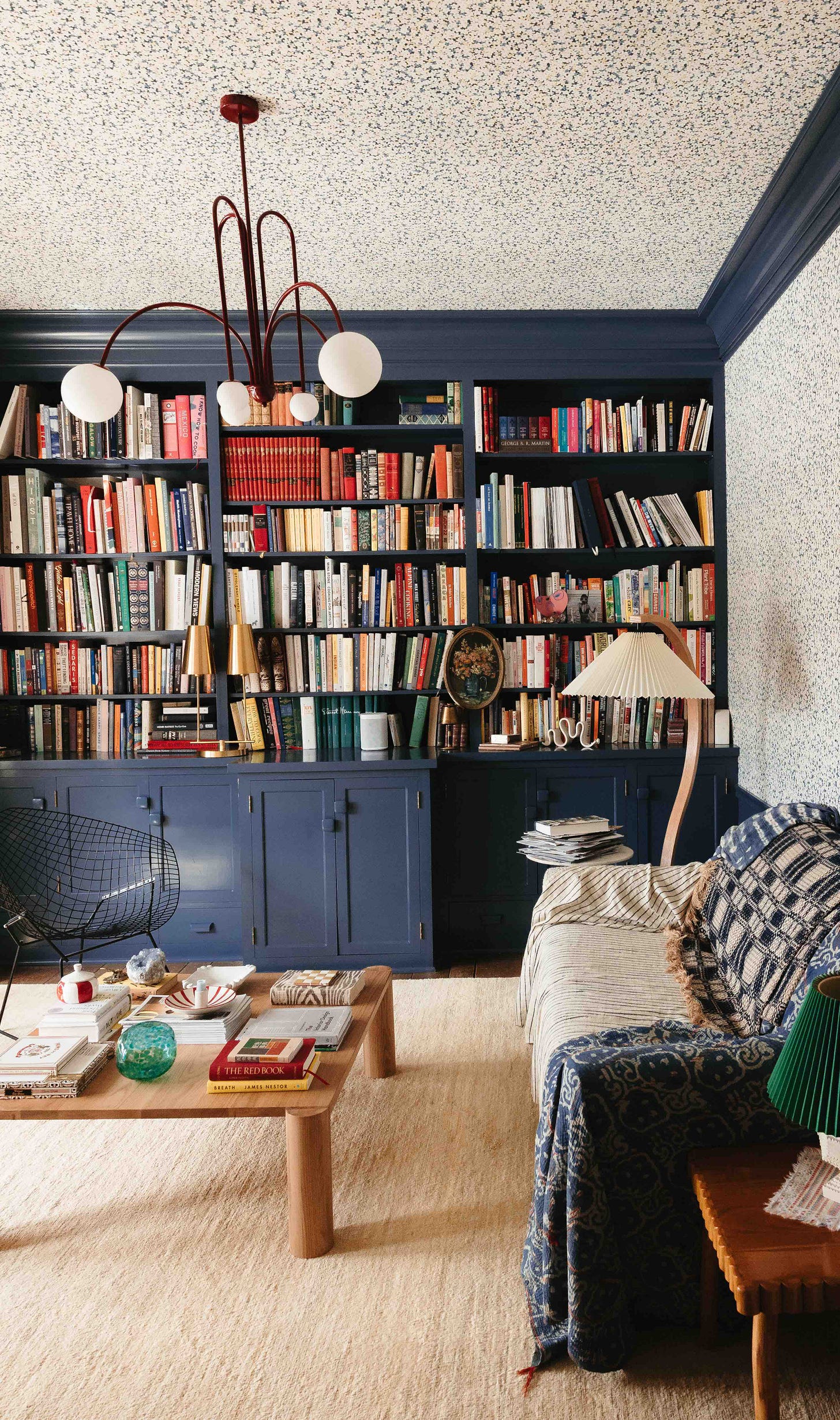Many of us talk ourselves out of ideas prematurely without ever thinking through the solutions that could make them possible. . . . In doing this, we tend to miss what’s right in front of us.

I was recently on a consulting call with someone who was trying to decide how to arrange the furniture in her Brooklyn apartment. She had lots of ideas and, alongside every single one, a reason why it wouldn’t work. Yet many of her ideas were possible, and I was there to help her sort it out. I could sense her frustration as we walked through what I thought some viable options would be.
So I asked her what roadblocks were movable. I was looking for the tiniest way to widen her perspective, just an inch, so we could follow that thread and get her unstuck. After all, in the absence of creative problem-solving—and a little bit of flexibility—ideas die.
Many of us talk ourselves out of ideas prematurely without ever thinking through the solutions that could make them possible. Some of us default to spending our way out of a problem by adding more to our lives, closets, or homes. In doing this, we tend to miss what’s right in front of us. The opposite of adding more—editing, reducing the noise, and working with what we have—often leads to a more fulfilling outcome.
How can we crack open what it means to work with what we have instead of immediately rushing to buy something we think will solve the issue?
Less Clothing and More Ideas
When it comes to making the most of our ideas, the barrier to entry feels less imposing in fashion than home decor because it’s often easier (and less costly) to dress ourselves than to fully decorate our homes. But that doesn’t make it any less daunting.
Amy Smilovic, founder and creative director of the fashion brand Tibi, writes The Creative Pragmatist newsletter, where she gives a master class on building the foundation of personal style. For Amy, a thoughtfully designed sweater has endless possibilities. Her point of view is a formula—a way of remixing, editing, and playing that makes what we invest in much more valuable.
I’ve been trying to adopt this approach when getting dressed, even though the process of ideation is not as intuitive to me in this medium. I often feel I have nothing to wear and then resort to wearing a similar reiteration of the same outfit day after day. As I’ve tried to mimic what Amy does, step by step, I’ve realized these approaches are meant to inspire, not instruct. The point is to see where working with what you have can lead you.
So I’ve tried to reframe my roadblocks around getting dressed, shifting the narrative from “I’m just not good at this” to “I’m finding this to be a challenge.” It has shown me that picking an outfit can become a chore if it feels like a problem I have to “solve.” When I allow myself to experiment and try new ideas, I often discover the most interesting combinations.
The process has also shown me that underneath the pressure of getting dressed, I actually can trust myself (more than any outside advice) to figure out what I feel best in. I’m not trying to dress like someone I’m not. I can focus on being more myself and finding comfort in wearing the pieces I have, all while styling them differently to build confidence in what makes an outfit inherently “me.”
Less Home Decor and More Ideas
Similar to getting dressed, how we style our home can also be about experimentation. It doesn’t need to be about immediately purchasing the piece we believe is the “solution,” or rushing to buy the thing we saw someone else install in their home. I LOVE the impulse to make and create something fresh. I don’t love the results of said impulse: an urgent purchase, a project to schedule, a mess to deal with on a weekend, etc.
Keep reading with a 7-day free trial
Subscribe to House Call With Kate Arends to keep reading this post and get 7 days of free access to the full post archives.




